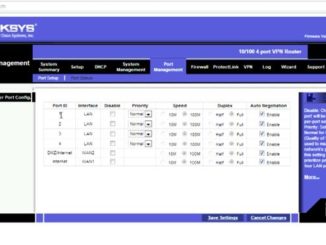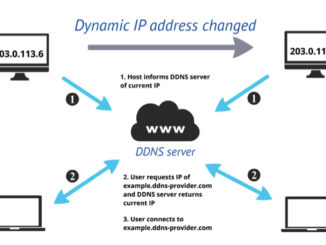
Dynamic DNS – What is…
Dynamic DNS allows you to dynamically update your DNS records if you have a Dynamic IP address from your ISP. You install an app on a computer on your network, and it checks your WAN […]

Dynamic DNS allows you to dynamically update your DNS records if you have a Dynamic IP address from your ISP. You install an app on a computer on your network, and it checks your WAN […]
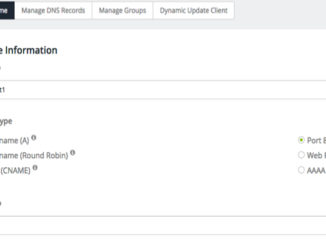
Port 80 Redirect allows you to redirect web traffic to your local server to a port other than port 80. You do this because many ISP’s block port 80 and so you need to use […]
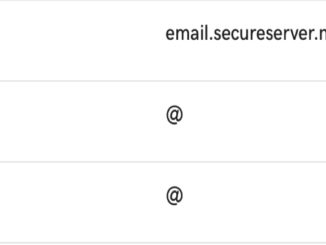
Subdomains are prefixes to domain names that allow administrators to provide different web services to users, but do so using the same namespace so that it is easier to remember. Such as MAIL.failednormal.com, WWW.failednormal.com, VPN.failednormal.com… […]
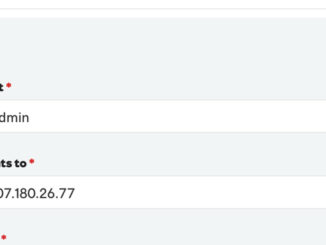
< A Records in DNS point Subdomains to IP Addresses. So MAIL.domain.com points to 10.1.10.100, and VPN.domain.com points to 10.1.10.101. Generally an A Record is created for @ that points to your web server. Then […]
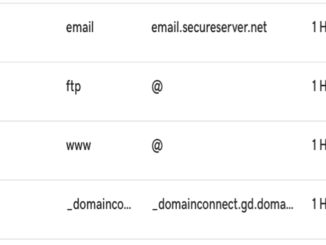
CNames map subdomains to domain names. You can point MAIL.domain.com to the Gmail portal for your company, or SALES.domain.com to SalesForce.com. This allows you to use an easy to remember naming strategy for users to […]
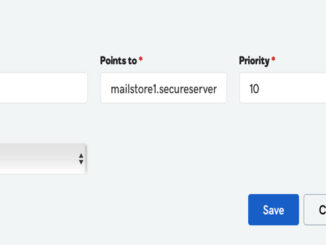
MX Records (Mail Exchange) are DNS records that are used to route email to email servers. You can have numerous MX Records posting to different email servers to prevent loss of email due to downtime. […]
